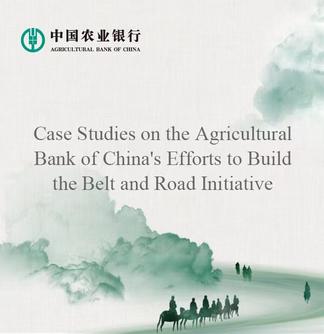Chinese artist Li Chunyang (2nd L) talks with New York City-based artists at the opening ceremony of her exhibition titled "Poetics of Chunyang: Transgression and Invocation of A Tradition" at the 456 Gallery in New York, the United States, on June 13, 2025. (Photo by Zack Zhang/Xinhua)
"Contemporary Western art moves forward by subversion... Our culture, on the other hand, emphasizes continuity," the Chinese scholar and artist said.
by Xinhua writer Yang Shilong
NEW YORK, June 16 (Xinhua) -- In a quiet gallery tucked along Broadway in Lower Manhattan, New York City, centuries whisper through pigment and mist.
In the exhibition titled "Poetics of Chunyang: Transgression and Invocation of A Tradition," Chinese artist Li Chunyang, currently a visiting scholar at Harvard University, conjures the soul of classical poetry into contemporary form -- with brush, ink, and feeling.
On view through June 27 at the 456 Gallery, the exhibition features nearly 30 recent works that reimagine Chinese literati traditions through a bold and lyrical visual language.
Best known for her scholarship in Chinese intellectual history, Li brings to her art a deep engagement with poetry, aesthetics, and cultural memory.
"My stance is rooted in cultural essentialism," she said at the exhibition's opening ceremony on Friday. "From Song and Yuan paintings I begin, but I use materials from China, Europe, America, and Japan to seek the classical realm of Chinese poetic imagery -- its taste and meaning."
Holding a PhD in Art History and Theory from the Chinese National Academy of Arts, Li has engaged in academic exchange with institutions including Tama Art University, Goethe University, and Harvard. These experiences have enhanced her pursuit of visual abstraction layered with cultural and philosophical meaning.
Her featured works bear titles drawn from Tang poetry and other classical sources. "Chutian River & Moon," for example, responds to Zhang Ruoxu's timeless meditation "Springtime Night at River with Moonlight and Flowers."
Through delicate layering of acrylic and ink, Li traces a moonlit river drifting through flowering groves -- an attempt to visualize lines such as: "This moment we gaze at the same moon, yet hear not each other's voice. I wish I could follow the moonlight to reach you." The piece shimmers between clarity and haze, evoking both distance and desire.
In "Waiting for That Moment," inspired by Li Shangyin's famously cryptic Jinse (The Brocade Zither), abstract columns dissolve into twilight blue. The painting suggests memory suspended in time -- "This feeling might have become a memory, only it had already bewildered me then" -- not illustrated, but distilled into tone and atmosphere. "It's not about painting the poem, it's about resonating with its mood," Li said.
"Emotion is central to my work," she added. "What has touched me most along this artistic path is the sincerity of friends, the deep bonds of feeling. That human sentiment pushes me to enrich the emotional dimension of my painting."
Guests converse amid the works of Chinese artist Li Chunyang during the opening night of her exhibition titled "Poetics of Chunyang: Transgression and Invocation of A Tradition" at the 456 Gallery in New York, the United States, on June 13, 2025. (Photo by Zack Zhang/Xinhua)
Li's dual identity as a scholar and artist has earned admiration in both spheres. "Among today's middle-generation Chinese intellectuals, Li Chunyang stands out for her rare breadth of achievement," said Lin Mu, a noted Chinese art historian. "She merges deep scholarship in classical texts with a unique visual vocabulary, synthesizing Chinese, Japanese, and European influences into an otherworldly landscape idiom."
Li Geng, director of the Li Keran Academy of Painting, echoed that praise: "What many artists strive for all their lives, she has already accomplished. Her brushwork and ink lines are steeped in the literary tradition -- majestic and poetic. She doesn't simplify or cheapen poetic meaning like much of contemporary Chinese painting. She enriches it. Her connection to The Book of Songs (SHI JING), Songs of Chu (CHU CI), and Tang-Song poetry is so profound that only someone who has truly internalized the classics -- a true scholar -- could paint like this."
Based at Harvard University this year, Li has delivered a series of lectures in Boston and New York on Chinese Aesthetic Consciousness and Linguistic Thought. This dual commitment -- to scholarship and to studio -- reflects her belief in the inseparability of artistic practice and cultural philosophy.
"Contemporary Western art moves forward by subversion," she said. "Our culture, on the other hand, emphasizes continuity. The world may be a shared market, but in art, we must not always follow others. If we can modernize our tradition in an authentic way -- what would that look like? That is what I want to try."
"In today's world," she said, "what's missing is Wenxin and Wenmai -- literary heart and cultural lineage. These have long been passed down through the Chinese scholar-official tradition. Our classical culture is our spiritual religion. The question is how to bring that spirit into the present."




 A single purchase
A single purchase









